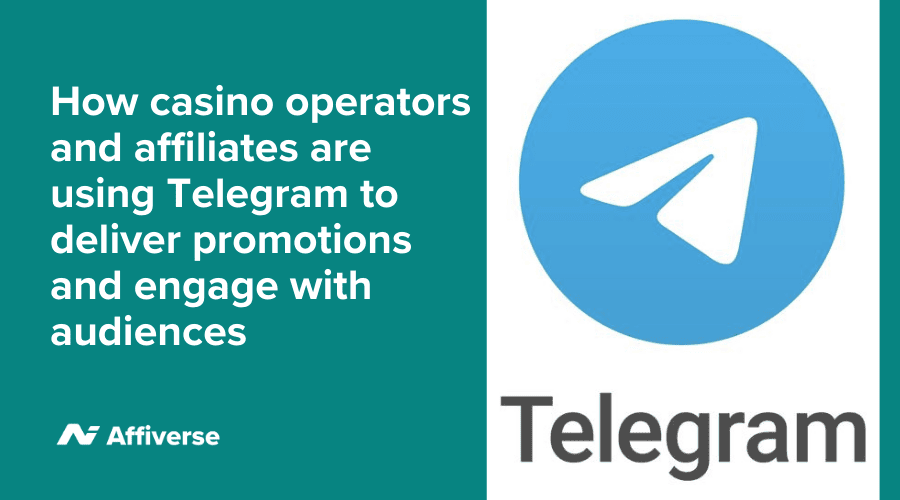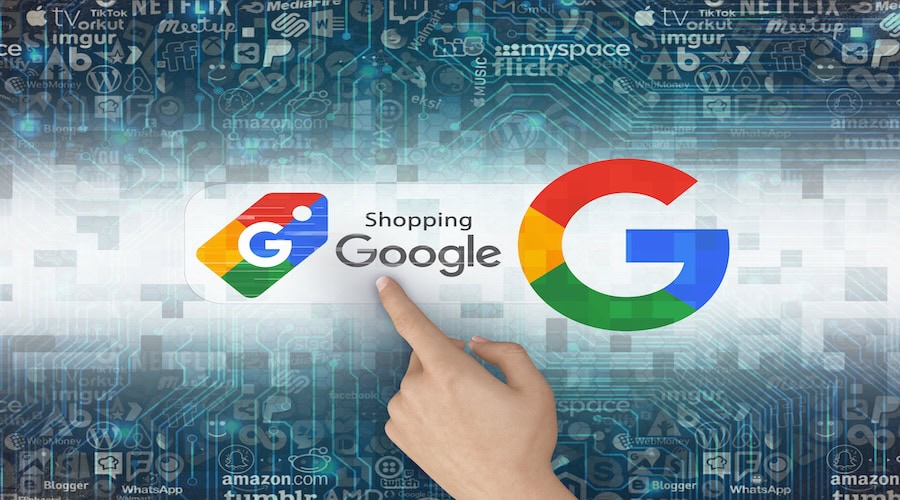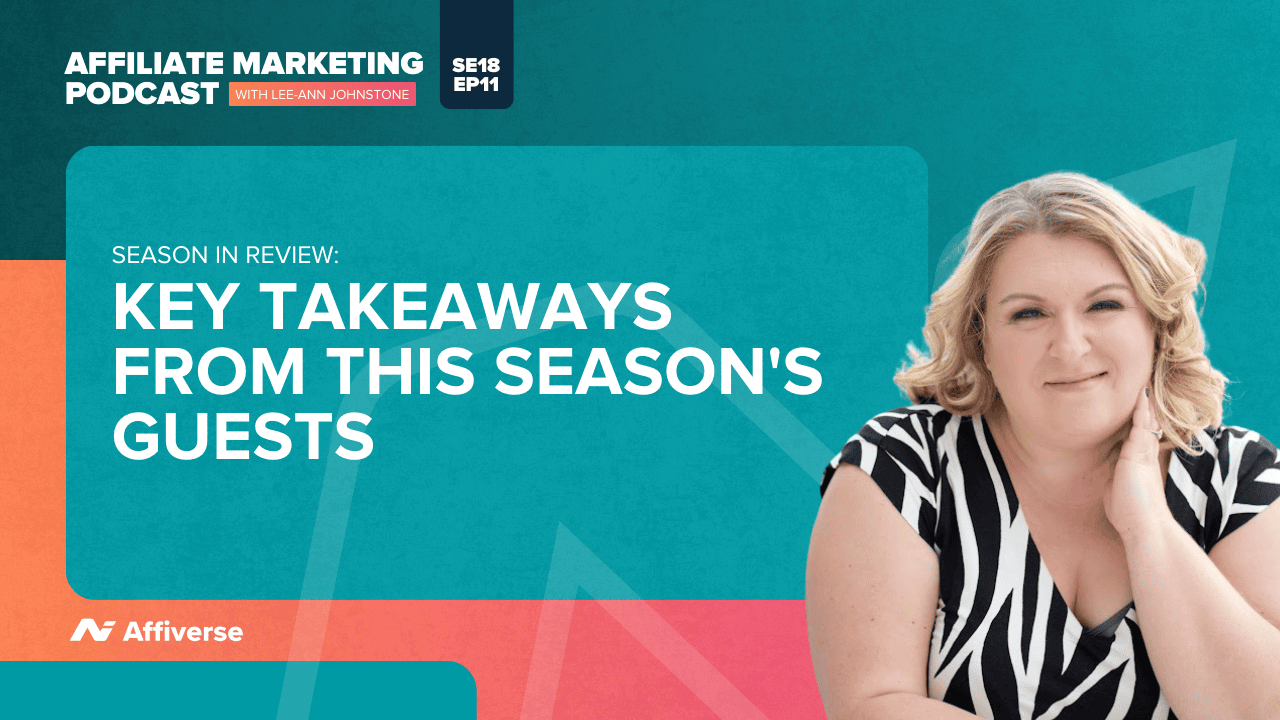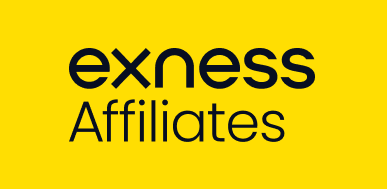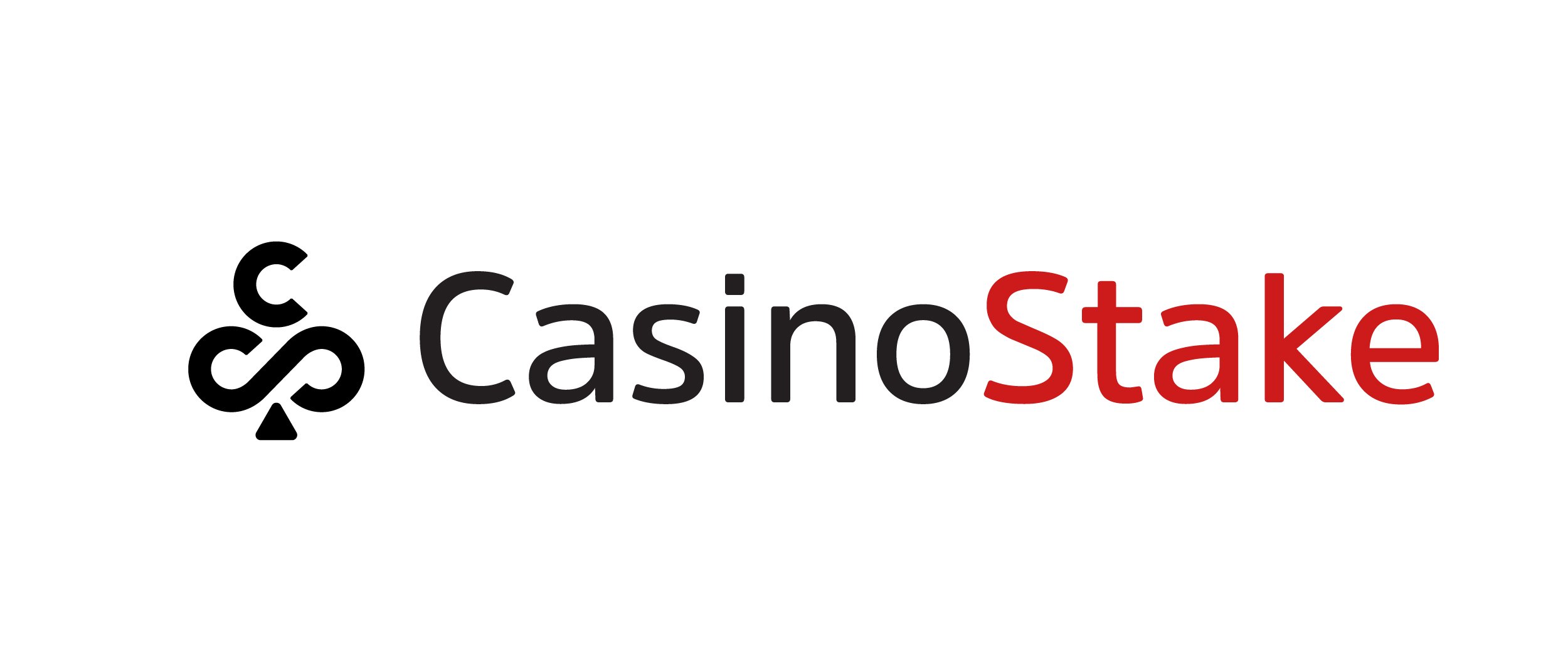It might shock you to be reminded, but Gen Z can now legally start drinking. The eldest are currently leaving college and looking for work. It’s a far cry from the image of the selfie-obsessed, iPad-learning, scrunchie-loving kids we’ve been imagining for the past decade or so. That’s because Gen Z is identified as being born between 1995 and 2010. For those who don’t like maths that means that Gen Z is between 12 and 27 years old now.
This means, that, although we all talk like it, Gen Z is no longer the younger generation. No longer does marketing to Gen Z mean toys and playbooks. Now it means dorm room and renter’s insurance, study books, and job opportunities.
But of course, when it comes to marketing, it means a lot more than that. This is the point that Rave Reviews is making with their recently released report. Handily summed up in an infographic, the influence Gen Z has on the market is extensive. The report covers trends in preferences, brands, how much of the demographic is made up of Gen Z, the subcultures within Gen Z, etc.
So, let’s break it down to see how you can appeal to Gen Z in 2022.
Who is Gen Z?
As mentioned, Gen Z is defined as anyone born between 1995 and 2010, according to Rave Reviews. The word on the street is that Gen Z is defined by their being raised without ever knowing a world without the internet. So, they pick up and enjoy tech advancements quicker, their career goals aim at the internet in some capacity, and depending on who you ask, their attention span is shrinking. But like everything else, there is good and bad to the internet, and the result is a generation that is fiercely aware of the world’s issues, and more open to talking about them, while gaining new problems from the internet like body dysmorphia and misinformation that previous generations never had to deal with at such a level.
But things are looking up for Gen Z. According to Rave Reviews, by 2031 they are set to earn 5x more, surpassing Millennials. Ultimately, they will grow to over $2 trillion in global earnings. They’ll have $143 billion in annual spending power, which they are expected to put into various common items like clothing, books and music, and personal care, but there are a few surprises in the list. Apps is supposed to be third in line for the percentage of their income they’ll spend and that doesn’t include digital streaming services which have entered the arena at 9th place. They’ll spend more on electronics than eating out and furniture and household goods have risen into the ranks as Gen Z get older and move out.
It’s also worth mentioning that Gen Z offers the highest amount of non-white people in history at 48%, 20% of them identify as LGBTQ+, and they are set to be the best-educated in history. Don’t try to pull the wool over these guys’ eyes.
What influences Gen Z’s buying habits?
According to Rave Reviews, there are two main factors that influence Gen Z’s decisions on what they buy: authenticity and technology.
Authenticity can be further split into buying based on values, and a rejection of the “fake” influencer culture they were brought up on. They’re tired of photoshopped abs and diet pills and are looking for creators who are real. It’s a contributing factor in the rise of TikTok, for example. Bad camera focus, bedhead, and a valid point to make is all in.
As for values, Gen Z is particularly active in making sure what brands they buy from match their priorities. Their trust in major institutions has dropped from 56% to 46% and they are making sure they don’t support with their wallet by researching who they buy from, mainly on social media.
Concepts they generally do support include sustainable or ethical business practices, affordability, and inclusivity. They will spread information about brands they find to be “macho”, racist, homophobic, or involved in scandals.
As for technology, that basically boils down to a love of their phones. These little gadgets have evolved to be an extension of the hand that does so much more than simply make a phone call. And Gen Z has very much embraced that. However, the previous love of massive platforms like Facebook and Twitter has dissipated and you’re more likely to see Gen Z flocking to smaller platforms, like gaming platforms Fortnite and Roblox, and the streaming service Twitch. Alternative social platforms where you are also likely to spot large collections of Gen Z users include TikTok, Instagram, YouTube, Snapchat, and Discord.
If you’re interested in more advice on affiliate and social media marketing, take a look at our blog for all the latest insights. Or, for a more personalized approach, book a free call with a member of our team.
Or, to get expert advice from the top of the industry, you can buy a ticket to access all the 14+ hours of content from our successful Elevate Summit. There were talks, panels, and workshops from which you can siphon off the best advice for your online marketing campaign. Have a look and see where the most up-to-date insights can take you.





